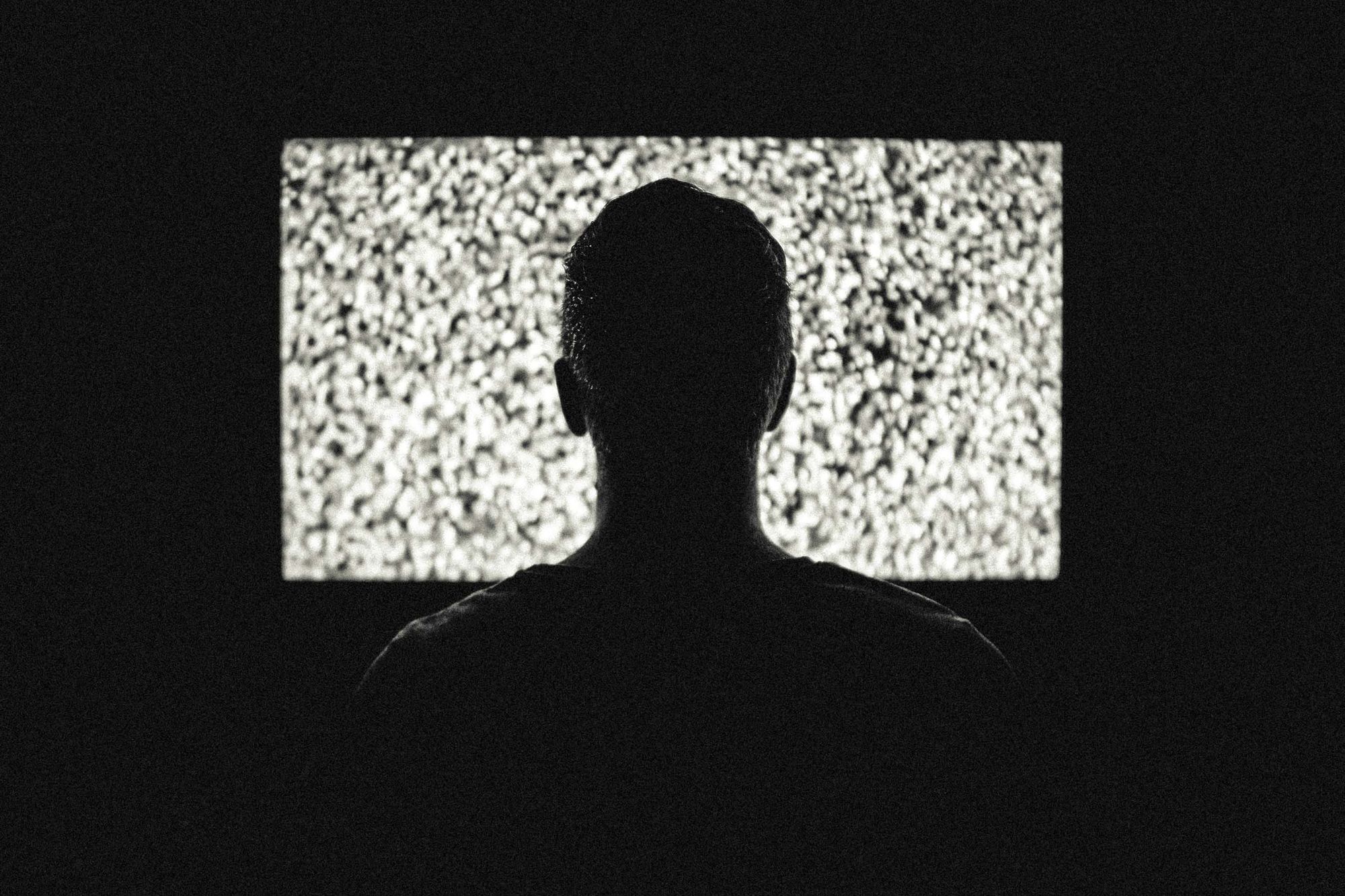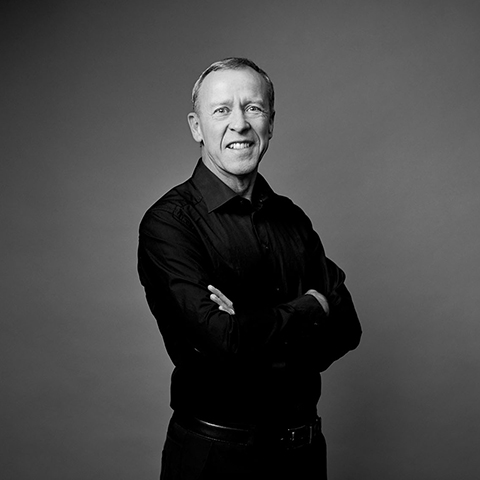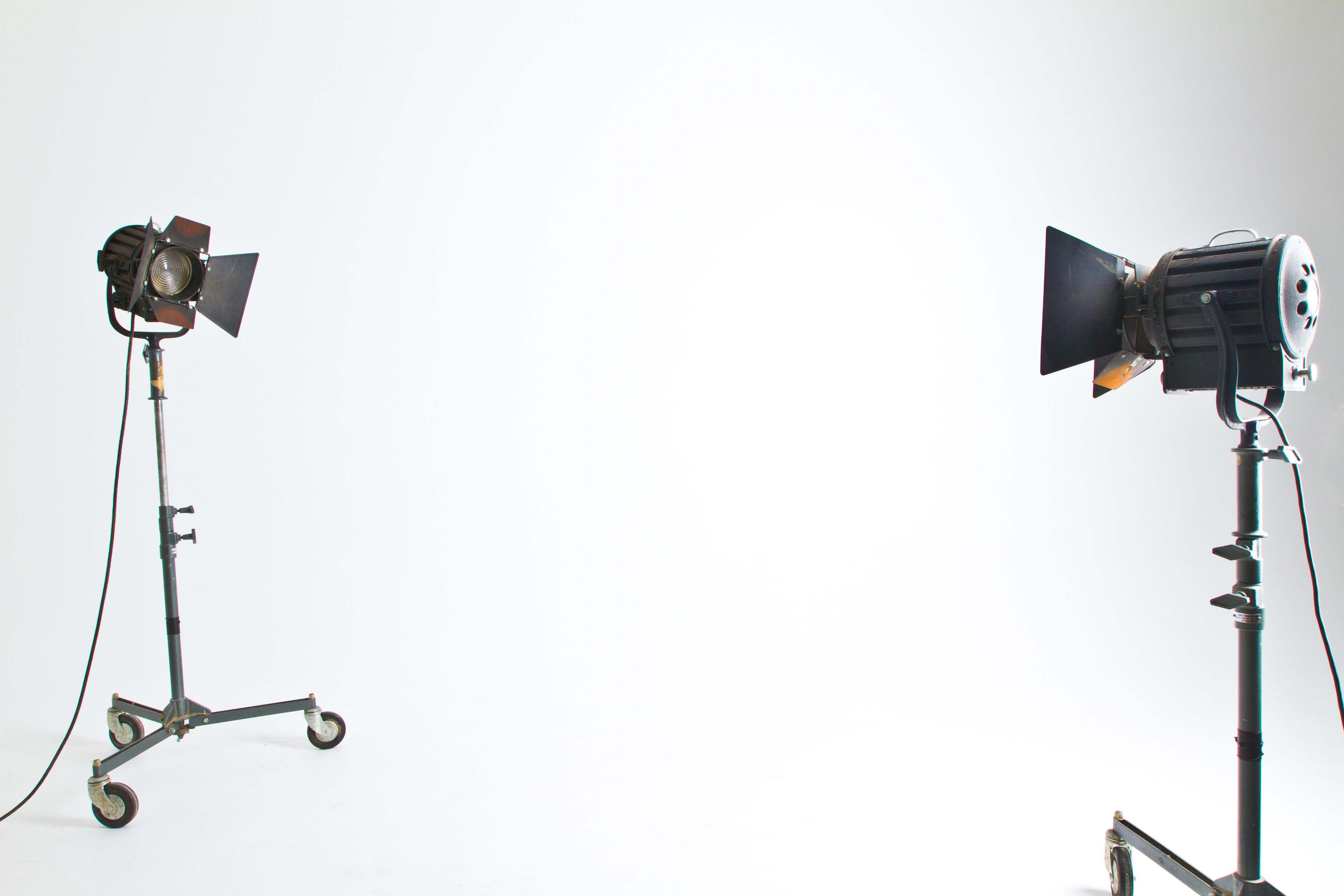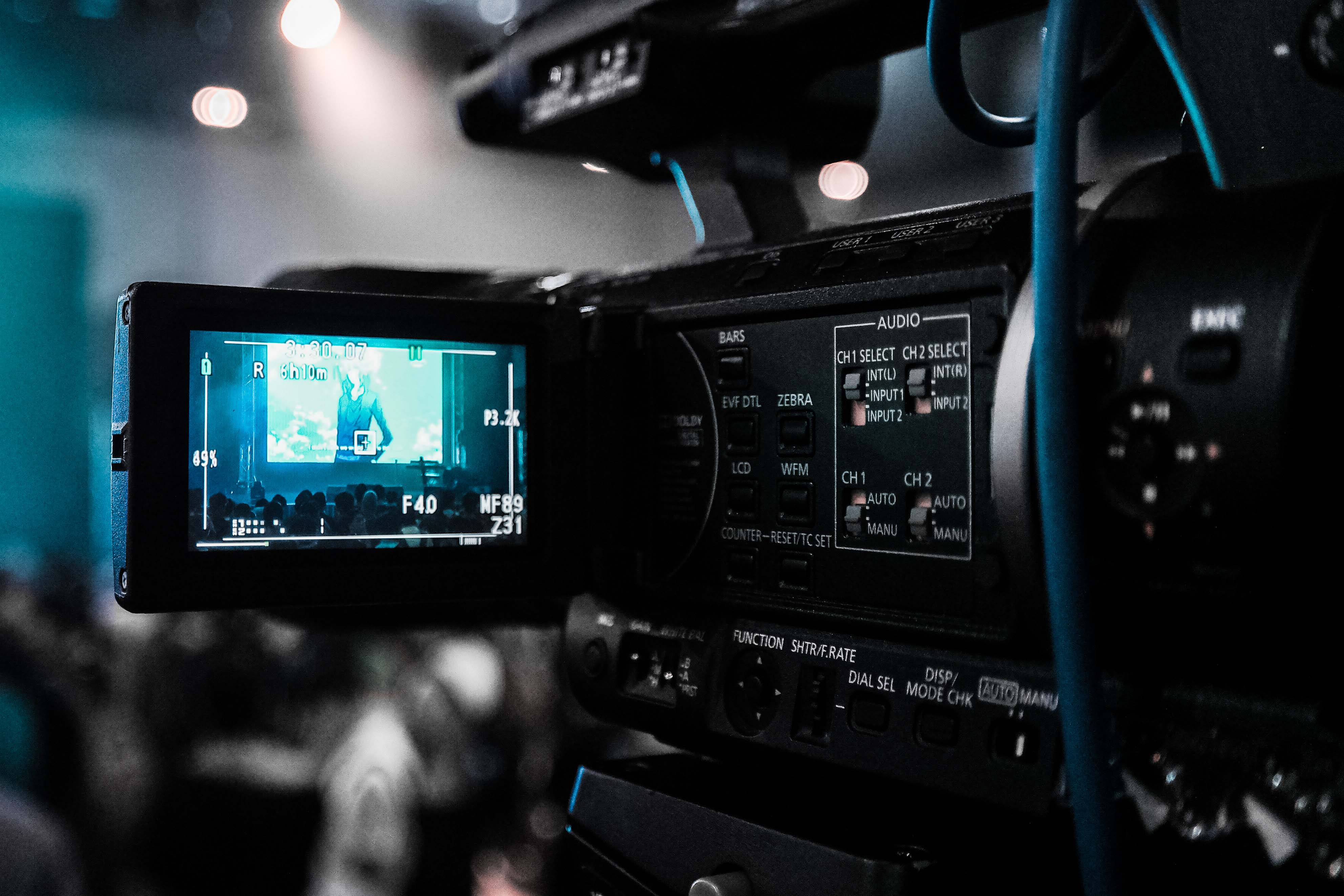
Perceptual evaluation of light - going to the movies
In the quest to quantify the emotional part of human centric lighting solutions we need to involve the end users. But advanced lighting professional lingo could scare off anyone. So how can we evaluate lighting designs in a way that is easy to understand? To the researchers at Aalborg University it is simple: Let’s go to the movies!
”COULD YOU PLEASE DESCRIBE THE SOUND?”
”Do you recognize it?”
”Is it too loud – or maybe too low? ”
”How does it make you feel?”
To define, describe and compare different kind of sounds is quite easy, as we share a common understanding and vocabulary. That’s why user panels are common when designing different types of sounds and experiences. For example, the roaring engine of a prestige car is no coincidence. It's the result of the work of professional sound designers, and based on studies carried out in advanced sound laboratories. And this is why you – if you’re a car nerd – actually can identify different car brands from each other, only by hearing the sounds of their engines.
One of the most famous sound and vibrations experts is Danish Brüel & Kjær. Covering the full acoustic spectrum, Brüel & Kjær evaluates building acoustics, wind turbine noise, vibrations in car engines and mobile telephone sound quality. The company also has a close collaboration with DTU, The Technical University of Denmark, which has resulted in the university building one of the world’s most sophisticated laboratory facilities within audio research.
FROM SOUND TO LIGHT
Within audio research, there is a well-developed language that makes it easy for the common users to tell and evaluate their experience.
In lighting research, the situation is quite the opposite. The specialist language is advanced and the common user does not understand the terminology and cannot describe what they experience in the form of light levels, light distributions and color temperatures.
But now, a collaboration between DTU and Aalborg University, which is internationally renowned for its Lighting Design Master Programme, has changed the game plan. It all started with DTU reaching out to Aalborg University offering to share a new software for evaluating user experiences of sound. Would the Aalborg University be interested to adapt it, in order to create a new type of lighting evaluation?
”Of course, we were – the timing was just right”, explains Henrik Clausen, Director Education & Research at Fagerhult and Associated Professor at the Aalborg University Master Programme.
The initiative resulted in a research project conducted at Aalborg and led by professor Marc Fontoynont. Fagerhult has participated in the evaluation of the projects’ test room and has contributed with knowledge in research and tests.
 "This gave us the possibility to navigate around the main obstacle: that you cannot separate the light from the light source, making the actual product or product design a factor that could affect the perception." Henrik Clausen, director of Fagerhult Lighting Academy
"This gave us the possibility to navigate around the main obstacle: that you cannot separate the light from the light source, making the actual product or product design a factor that could affect the perception." Henrik Clausen, director of Fagerhult Lighting Academy
A PHOTO REALISTIC CINEMA EXPERIENCE
”We’ve used the latest technology to create a lighting research studio that offers the subjects of the test panel an IRL-experience. Different settings are projected on screens by the help of powerful high intensity projectors with excellent resolution and possibilities to create images that are completely realistic in colour and intensity. This makes it possible to create settings with different properties regarding luminance and lighting levels as well as the light’s colour temperature and colour rendering. It also gives us the possibility to navigate around the main obstacle: that you cannot separate the light from the light source, making the actual product or product design a factor that could affect the perception. Instead of traditional mock-ups we invite the subjects to this great cinema experience where you get caught up in the story”, says Henrik Clausen.
IT’S ALL ABOUT THE NARRATIVE
Actually, it is all about the narrative. During the different test sessions, the subjects are introduced to different lighting stories with focus on office environments. When telling a story about a day in the office, the subjects will experience different light settings presented with the various events. As the lighting scenery change they will answer the question: ”do you like this setting” with a simple ”yes” or ”no” on their electronic devices. The data are collected by the specially developed software that will create a real time algorithm for the most agreeable sceneries. This means that the subjects don’t have to be familiar with lighting terms to describe their experience, nor is it necessary to develop a ”lighting lingo” as the software will do the translation.
”NO LIMITS”
The research project has involved six different tests in collaboration with several leading lighting and architect companies. It has been a great success, and the plan is to investigate the possibility of building an advanced full-scale research and test laboratory that can offer its services to the industry. A place to go to evaluate a lighting design – from outdoors to indoors, from schools and offices to hospitals and private homes – or individual products. The cinema set up means no limits.
”The possibility to get immediate feedback on the changes taking place in the room is invaluable. This kind of lighting design laboratory could save a lot of time and money for lighting consultants and designers, architects, contractors and producers. In the end it will gain society as well as individuals. Customers and end-users will have the opportunity to say ”I don't like that – but I want this”, before anything is realized, meaning that we have an excellent opportunity to create lighting environments that are optimized right from the start. I also think that it will simplify the whole light planning procedure, cutting down the number of adjustments” Henrik Clausen muses.
”From a Fagerhult perspective this kind of r&d is in line with our very existence. Our competitive edge has always been our interest in, and deep knowledge about, human centric lighting designs. Lighting that does not only meet up to standard requirements but adds extra value regarding well-being and performance. This is a great opportunity to take our concept to the next level.”
TEXT AMELIE BERGMAN
PHOTO PATRIK SVEDBERG, PEXELS
Related News

Melanopic lux: lighting for education influenced by human biology
Light is essential in our daily lives, influencing our ability to see, overall well-being and performance. In educational environments, lighting quality can significantly impact students' focus, mood, and energy levels. So, how do we know what is the right amount and quality of light for this setting? Traditionally, light has been measured in lux, a unit of measurement for the intensity of light. It's used to measure how much light falls on a surface or the amount of light in a given space. One lux is the amount of light that falls on a surface that is one square meter in area when one lumen of light is spread out evenly. Recent advancements in research have unveiled the importance of melanopic lux, which goes beyond mere visibility. This measures how effectively light stimulates specific eye cells that regulate crucial non-visual functions such as sleep and alertness. In classrooms and lecture theatres, the melanopic ratio has become vital in lighting design, enabling educators to create spaces that support visual tasks and align with students' biological rhythms. In this article, we explore how lighting solutions can align with our biology, and how this helps to create optimum conditions for educational environments. The science of vision and light The human eye is a remarkable organ designed for high-resolution colour vision within a small area (approximately 2 degrees of the visual field) while relying on peripheral vision for motion detection. This dual-function system, shaped by evolution for survival, continues to influence how we perceive and interact with our surroundings. Our eyes are particularly susceptible to green and yellow light, reflecting our evolutionary adaptation to naturally lit environments. In contrast, blue light, which is chief in modern LED lighting, requires higher intensity to be perceived at the same level. Effective lighting design carefully considers brightness, timing, and distribution to support visual clarity and biological functions like mood and alertness. For example, exposure to bright light in the morning helps regulate circadian rhythms, boosting alertness and mitigating the effects of seasonal darkness. This is particularly important in educational environments, such as schools and universities, where lighting impacts mood, focus, and overall performance. Our Organic Response system provides an innovative solution tailored for these spaces. This smart lighting technology automatically optimises light levels, featuring daylight-responsive sensors and advanced occupancy detection, maintaining a balance between natural and artificial light. Doing so supports visual comfort and reduces energy consumption, making it an ideal choice for creating dynamic, efficient, and student-friendly learning environments. To further support students, well-lit spaces with minimal glare are essential for reducing eye strain and maintaining focus during extended study sessions. Adjusting light intensity and colour temperature for different tasks—such as reading, group discussions, or creative activities—enhances light's visual and non-visual effects. By integrating thoughtful lighting strategies like those offered by Organic Response, educational environments can promote healthier, more productive, and engaging learning experiences. Integrative lighting: Supporting health and well-being. Integrative lighting (also referred to as human-centred lighting) combines visual and non-visual benefits (such as emotional effects) to support biological rhythms and psychological well-being. This approach goes beyond traditional lighting solutions by considering how light impacts circadian rhythms and hormonal balance. Light exposure in the morning is critical for suppressing melatonin (the sleep hormone) and increasing cortisol (the alertness hormone). Proper timing helps align students' natural rhythms with school schedules, which often require a lot of focus. Consistent exposure to bright, cool light early in the day can enhance energy levels and cognitive performance. The melanopic ratio compares the spectral composition of a light source with daylight. Using this information, you can determine its melanopic lighting intensity. This enables the design of lighting setups that precisely meet both visual and biological lighting needs. Lighting recommendations for educational spaces Each learning environment has unique lighting needs. Libraries benefit from direct lighting on the floor, paired with ambient lighting on walls and ceilings. Vertical shelf lighting (200-300 lx) makes it easier to browse titles. Lecture halls, on the other hand, require glare-free, comfortable lighting with flexible control, ideally with pre-programmed scenarios. In auditoriums and classrooms, strong vertical lighting is crucial for clear visual communication, especially over greater distances, enhancing facial expressions and engagement. General lighting recommendations apply to all educational spaces. Our solutions meet industry standards, ensuring reading and writing areas maintain 500 lx for effective visual tasks. Using daylight-responsive sensors for luminaire rows can reduce energy consumption while maximising natural light. The number and arrangement of luminaires should be adjusted based on the room's size and function to ensure consistent illumination. The role of dynamic lighting A Double Dynamic lighting system can be a game-changer in educational environments. It allows for intensity and colour temperature adjustments to match the specific needs of activities, from quiet reading sessions to collaborative group work. Fagerhult's distinct approach to lighting means that our design is human-centric; we integrate scientific insight into light and human psychology, creating environments that support academic performance and well-being. Our focus on energy efficiency also means our advanced control systems optimise light usage while minimising energy consumption, contributing to a building’s sustainability goals. The customisable setting and flexible solutions ensure that educational environments can create tailored lighting profiles for different times of the day or specific learning activities. Long-term benefits of melanopic lighting Melanopic lighting, designed to mimic the natural light spectrum, helps regulate the circadian rhythm, which is essential for maintaining focus, energy, and emotional balance. In classrooms and study areas, proper lighting can reduce eye strain, improve sleep patterns, and enhance mood, which are critical for students' mental health and academic performance. By incorporating lighting that aligns with our biological needs, schools and universities can foster healthier, more productive learning environments,. This is particularly important during the winter months when daylight is limited. Whether through advanced tuneable white light systems, designs that maximise daylight, or energy-efficient solutions, we are dedicated to leading the way in lighting innovation for educational environments, delivering brighter futures—one classroom at a time.
The inspiration behind Nobel Week Lights: ”Light, art and technology intertwined.”
Nobel Week Lights has quickly become a beloved public celebration. During Nobel Week, Stockholm residents flock outdoors to marvel at the spectacular light installations, where contemporary lighting technology meets artistic expression. ”We aim to create a moment of gathering: around light and around something meaningful”, says Lara Szabo Greisman. Nobel Week Lights is a light festival that illuminates Stockholm during the darkest time of the year – a free cultural experience for everyone. Presented by the Nobel Prize Museum, the festival invites international and local artists, designers and students to create light artworks inspired by the Nobel Prize. The installations shed new light on the scientific discoveries, literature and peace efforts of Nobel laureates while offering a fresh perspective on the city. Fagerhult is Principal Partner of Nobel Week Lights 2024, and this year’s edition features 16 different light installations across Stockholm. The artworks can be experienced from 7–15 December, including ”The Wave”, a light installation by the art collective Vertigo, located in front of the Parliament House where visitors can walk right through the luminous wave. The Wave by Vertigo ”Light and art and creativity is incredibly intertwined because these are technologies that are constantly evolving. So part of the fun working with the artists is that they are constantly testing new technologies. And we see these incredible visual results which are based on just pure innovation”, says Lara Szabo Greisman, co-founder and producer of Nobel Week Lights. Lara Lara Szabo Greisman and Leading Lights by Les Ateliers BK The significance of light as a collective force, its ability to encapsulate life and death, joy and sorrow – indeed, the very essence of what it means to be human – makes lighting a powerful medium of artistic expression, she argues: ”The dream for the festival is that this becomes a personal experience for each and every member of the audience. A moment that they remember and cherish . A moment that they think about later and bring forward as their story of connecting with the city.”

